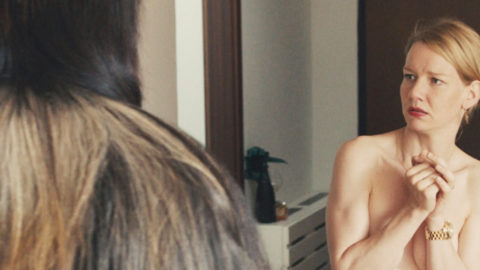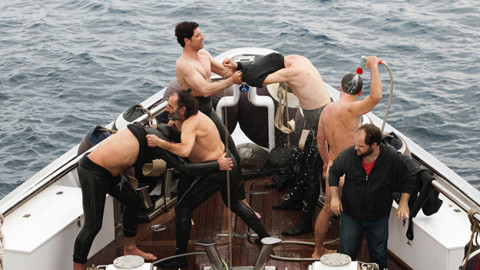By Paula Mejía in the September-October 2016 Issue
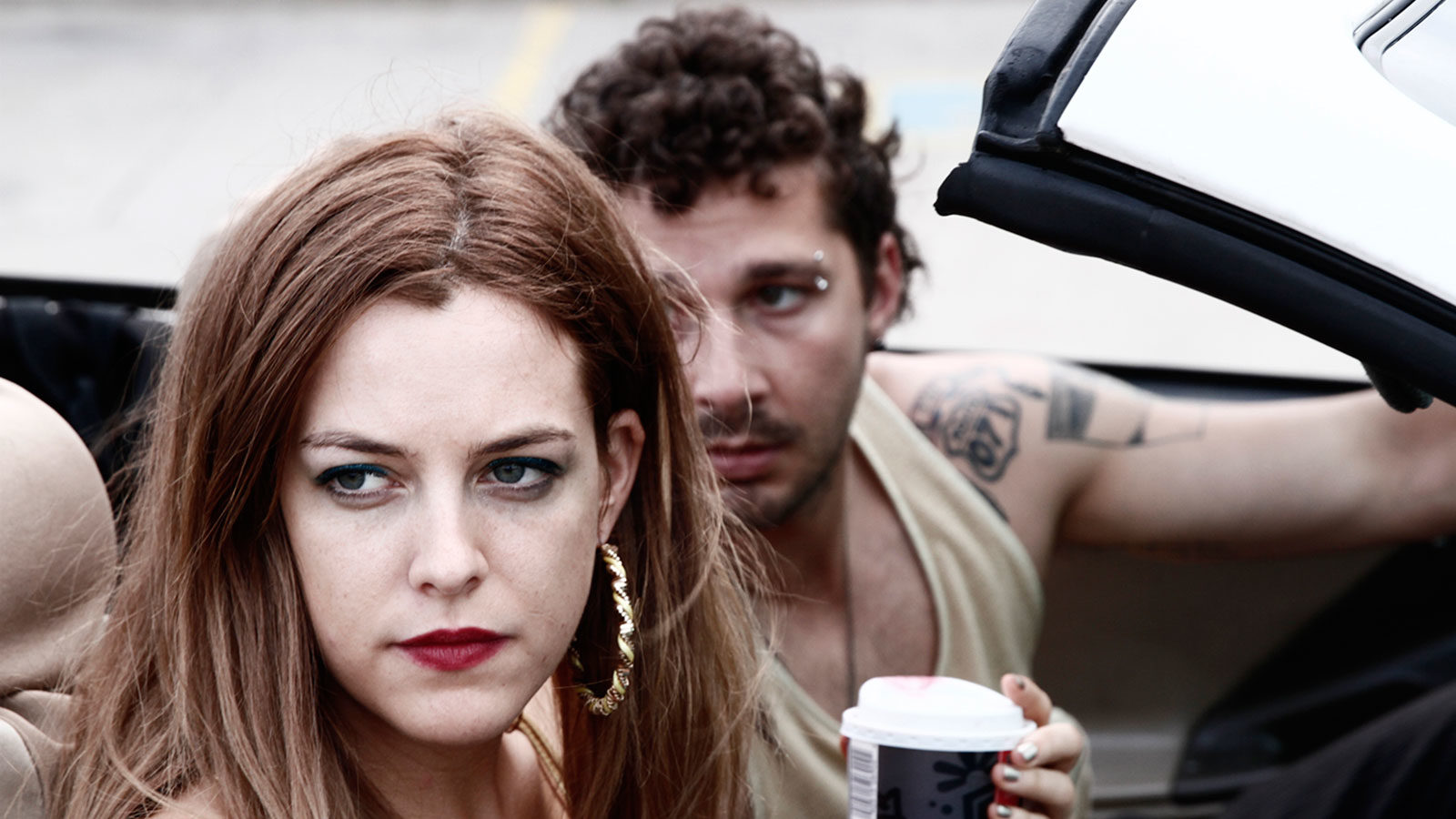
Review: American Honey
(Andrea Arnold, UK/USA, Opening September 30)
The winner of this year’s Cannes Jury Prize, American Honey opens with a shot of two children and their teenage sister and caretaker, Star (Sasha Lane), scavenging dinner out of a dumpster. There they find an entire raw chicken still in its package, among other treasures. The scene functions both as a moment of grim reality—food is not easy to come by for Star and her family—and a metaphor for the inequity immortalized in singer-songwriter Bill Callahan’s “America!”: “All the lucky suckle teat / Others chaw pig knuckle meat / Ain’t enough teat . . . Ain’t enough to eat,” he croons. Sadly, the spoils in this land of plenty are sometimes seen as disposable and are far from distributed equally.
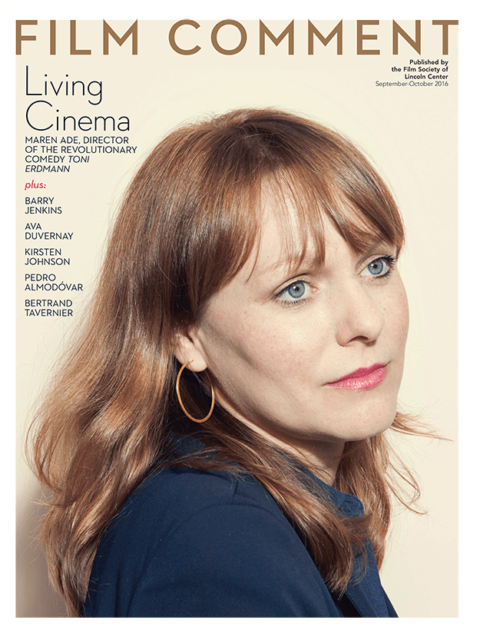
From the September-October 2016 Issue
Also in this issue
In Andrea Arnold’s first feature filmed in the United States and her fourth overall, the British filmmaker traverses state lines real and emotional with a gang of teenagers to stitch a sprawling portrait of this America, the complicated home that its residents at once adore and abhor. The film follows Star—played with verve and vulnerability by newcomer Lane—as she stumbles from the dumpster into a life-changing opportunity. Later that afternoon, she spots a van thumping with hormones and hip-hop. Intrigued, she follows the passengers into a K-Mart. While Rihanna’s “We Found Love” blares from the store’s speakers, she locks eyes with Jake (a disheveled, charming Shia LaBeouf). He climbs up onto a cash register and grinds his hips in her direction, and later, in the parking lot of that hopeless place, dares her to touch his shirt. “Boyfriend material,” he smirks, right before he offers her a vague-sounding sales gig.
She joins the crew the next day, bound for Kansas City and everywhere else. Like her, they hail from a diverse string of broken homes and dead ends, and they think of the job—rolling across America and selling magazines door-to-door, traveling in a party bus where the alcohol flows and weed smoke blows—as either a welcome distraction, a way out, or both. These kids are no Robin Hoods, though. It’s all about dough. The crew rallies around the van every morning to chant about “getting money” in unison, and the long rides cruise along to bouncy rap songs about riding dirty, work and paydays, notably E-40’s “Choices (YUP).” There’s a whole review to be written about Arnold’s careful soundtrack selections here too, from zeitgeisty hip-hop (Rae Sremmurd’s “No Type”) to atmospheric folk (Mazzy Star’s “Fade Into You”) and slick indie pop (The Raveonettes’ “Recharge & Revolt”). It’s one thing for Arnold to feature music evocative of a perfect road trip playlist—a varied journey full of old favorites and deep cuts alike, rounded out with great pacing by the DJ. But ponying up for the rights to these big numbers pays off, because they evolve from songs into unexpected and fleeting characters, especially when juxtaposed against the sparse landscapes fading behind the van’s dirty windows.
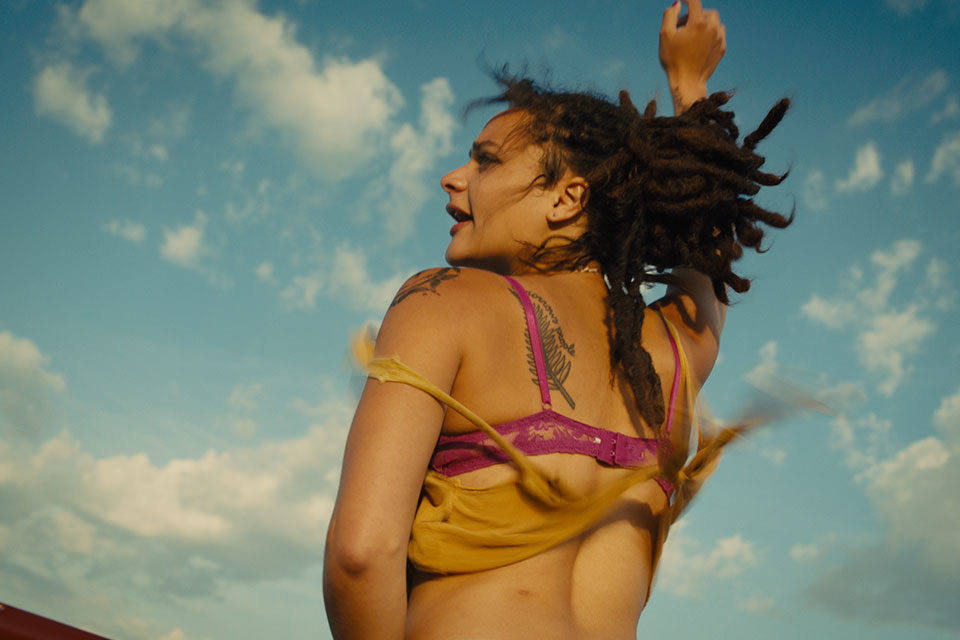
An outsider among outsiders, Star has a rough start. She immediately ticks off the gang’s ringleader, Krystal (played by a frowning Riley Keough, flexing the tattoo nope on her arm), because of her romance with Jake and her low daily earnings. Soon she discovers that her outspokenness can be useful out in the field. Her daring sales strategy often involves hopping into cars with random boys and men, singing the likes of “Dream Baby Dream” and swilling the worm at the bottom of a mezcal bottle. This leads her into both fortuitous situations and downright exploitative ones—reimaginings of the harrowing New York Times article that Arnold drew from to craft her film.
The 2007 story, about the harsh realities and violence that young runaways in “mag crews” experienced while illegally hocking magazines on the road, has facts that wriggle their way into American Honey. For instance, one anecdote of a mag crew that punished members who didn’t meet their weekly monetary quota by forcing them to fistfight each other is brutally realized in the film, with a horrified Star looking on. Arnold seldom told the cast where they were headed next during the 12,000-mile trek across America (an approach which is echoed in the film by Krystal’s hands-on style of management).
Yet American Honey injects a visceral human element into the spaces where hard reporting doesn’t. That’s in part thanks to Arnold’s great talent for capturing private moments people have when they don’t think others are looking—such as a stray hair toss, nose-picking—and color-saturated shots that allow languid details, like ants crawling over French fries, to take over the frame. Most impressively, American Honey hard-wins its nearly three-hour length by making the audience grow through the characters instead of alongside them; we swoon with Star when Jake gives her a butterfly kiss and feel the pangs of homesickness for a place that no longer welcomes her. The distinctive way American Honey embodies a too-long summer—with a particular stir-craziness drummed up by unmoving air coupled with uninhibited possibility—can’t be discounted, either. It recalls Sofia Coppola’s The Virgin Suicides in that, while watching, you almost want to wipe sweat off your upper lip that isn’t there.
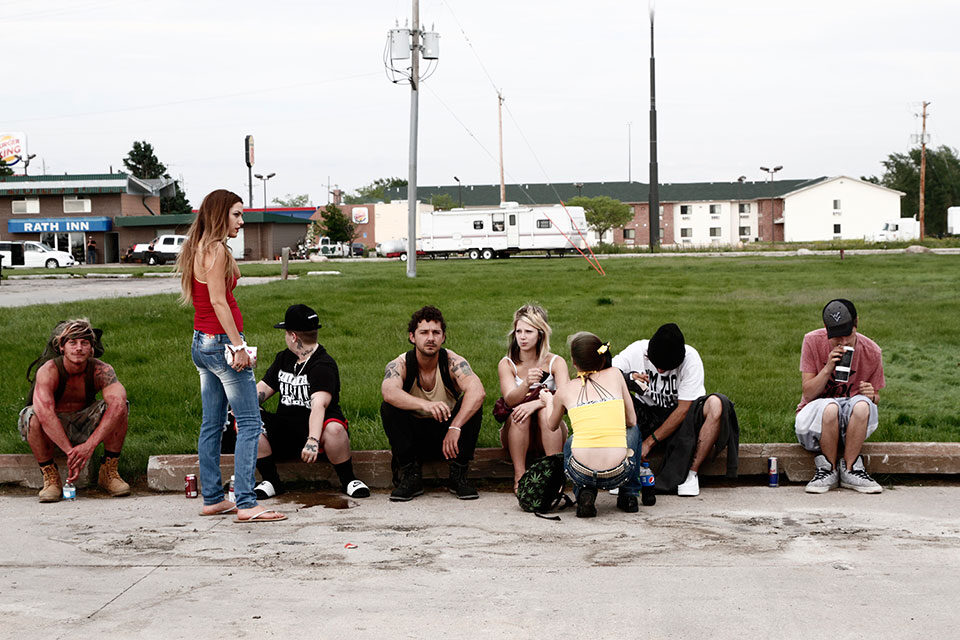
American Honey’s loose plot, rambling pace, and lack of resolution inevitably will be maddening to some. But it’s the only way this sprawling tale can be told; fittingly, American Honey goes on until it doesn’t, just like every other summer. One of the film’s most bittersweet moments comes near the end, when its tongue-in-cheek namesake—a song by country group Lady Antebellum that waxes on girl-next-door types growing up “good” and “slow”—is revealed. During this sing-along, Star realizes that this sweet-sounding “freedom,” as removed as it is from her troubled life at home, still has a price. No wonder the word “honey” rhymes with “money.”
Paula Mejia is a writer, journalist, and the author of a 33 1/3 book on The Jesus and Mary Chain’s Psychocandy. Her work has appeared in The Criterion Collection, NPR, The New York Times, Rolling Stone, and other publications.



